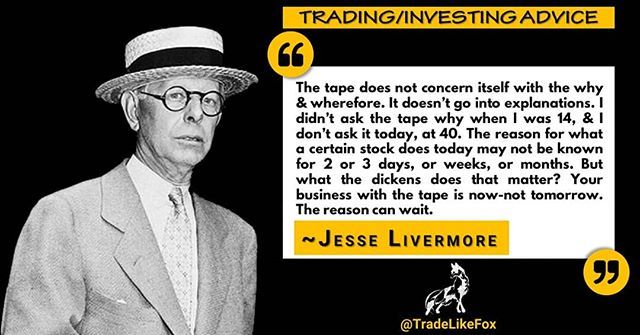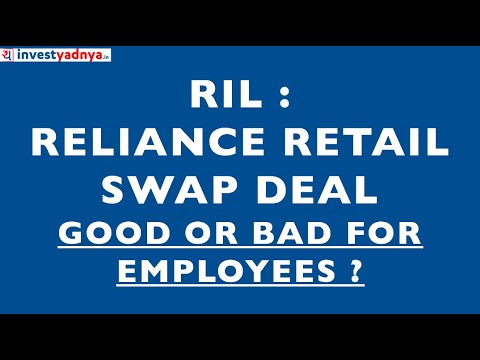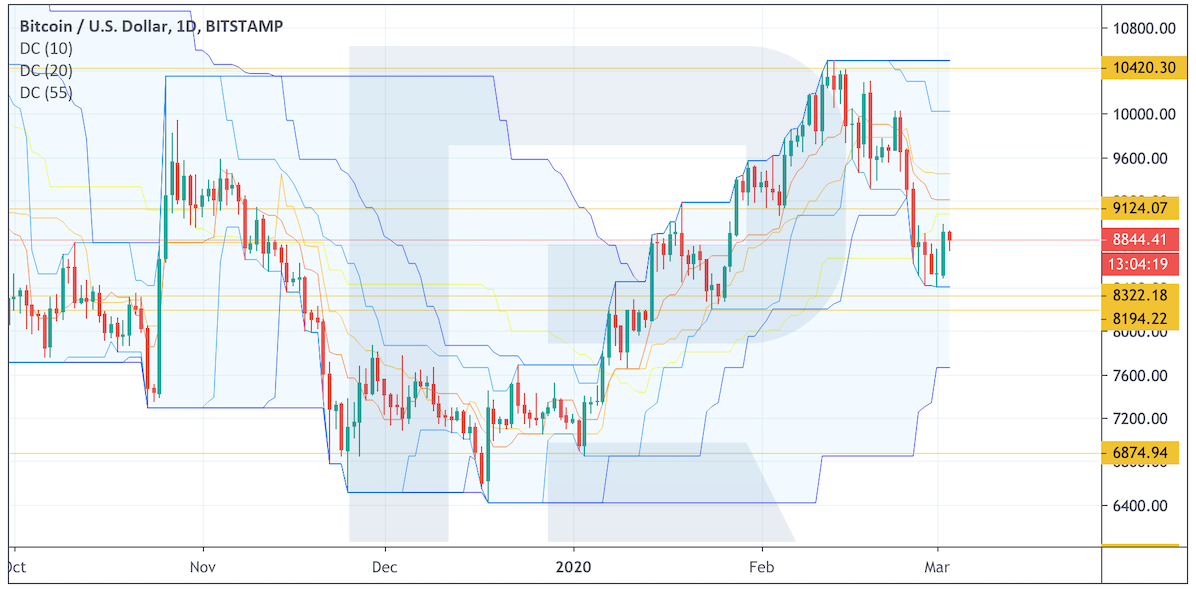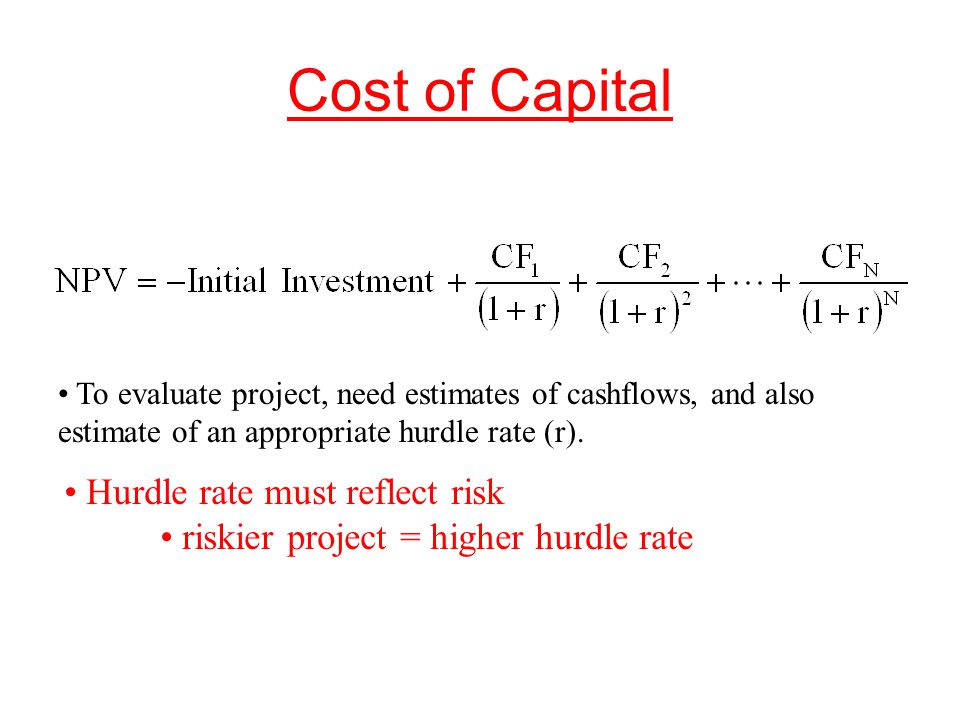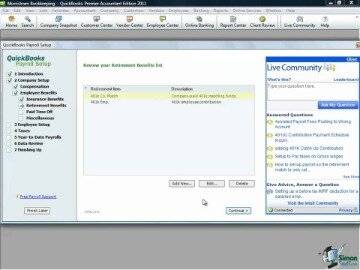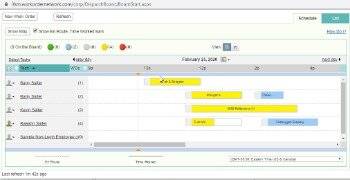527, such as legislation enacted after it was published, go to IRS.gov/Pub527. A policy statement that prohibits personal use (including commuting) must meet all of the following conditions. An employee does https://intuit-payroll.org/ not need to keep a separate set of records for any vehicle that satisfies these written policy statement rules. For property placed in service before 1987 that was disposed of during the year, enter zero.
- Treat an improvement made after 1986 to property you placed in service before 1987 as separate depreciable property.
- You are not required to provide the information requested on a form that is subject to the Paperwork Reduction Act unless the form displays a valid OMB control number.
- Your property is qualified property if it is one of the following.
The half-year convention can be used if the mid-quarter convention does not apply. The mid-quarter convention applies if the aggregate basis of property placed in service during the last three months of your tax year exceeds 40% of the aggregate basis of all property placed in service during the tax year. If the company purchases the truck in July rather than January, however, it is more accurate to use the half-year convention to better align the cost of the equipment with the time period in which the truck provides value.
They received an $800 trade-in allowance for the old ovens and paid $520 in cash for the new oven. Under the income forecast method, each year’s depreciation deduction is equal to the cost of the property, multiplied by a fraction. For more information, see section 167(g) of the Internal Revenue https://simple-accounting.org/ Code. This method lets you deduct the same amount of depreciation each year over the useful life of the property. To figure your deduction, first determine the adjusted basis, salvage value, and estimated useful life of your property. Subtract the salvage value, if any, from the adjusted basis.
Tara treats the property as placed in service on
August 1. The determination of this August 1 date is explained in the example illustrating the half-year convention under Using the Applicable Convention in a Short Tax Year, earlier. Tara is allowed 5 months of depreciation for the short tax year that consists of 10 months. The corporation first multiplies the basis ($1,000) by 40% (the declining balance rate) to get the depreciation for a full tax year of $400.
Accelerated Cost Recovery System (ACRS)
You can’t deduct the cost of traveling away from home if the primary purpose of the trip is to improve the property. The cost of improvements is recovered by taking depreciation. For information on travel expenses, see chapter 1 of Pub. You may be able to deduct your ordinary and necessary local transportation expenses if you incur them to collect rental income or to manage, conserve, or maintain your rental property.
- For this purpose, the adjusted depreciable basis of a GAA is the unadjusted depreciable basis of the GAA minus any depreciation allowed or allowable for the GAA.
- Last year, in July, you bought and placed in service in your business a new item of 7-year property.
- They do not qualify as section 179 property because you and your father are related persons.
- Depreciation for the first year under the 200% DB method is $200.
However, nonrecognition rules can allow you to postpone some gain. Your election to use an alternate ACRS method, once made, can be changed only with the consent of the Commissioner. The Commissioner grants consent only in extraordinary circumstances.
Depreciation methods guide
It generally determines the depreciation method, recovery period, and convention. Most real property other than residential rental property. Report the inclusion amount figured as described in the preceding discussions as other income on the same form or schedule on which you took the deduction for your rental costs. If Ellen’s use of the truck does not change to 50% for business and 50% for personal purposes until 2024, there will be no excess depreciation. The total depreciation allowable using Table A-8 through 2024 will be $18,000, which equals the total of the section 179 deduction and depreciation Ellen will have claimed. John Maple is the sole proprietor of a plumbing contracting business.
For purposes of the limits for passenger automobiles, the following apply. In column (a), list the makes and models of automobiles, and give a general description of other listed property. A partnership or S corporation does not include anysection 179 expense deduction (line 12) on this line. Instead, any section 179 expense deduction is passed through separately to the partners and shareholders on the appropriate line of their Schedules K-1. 946 for more information on the recovery period for MACRS property. Residential rental property is a building in which 80% or more of the total rent is from dwelling units.
Publication 946 – Additional Material
In conclusion, the mid-month convention is a more precise method of depreciation than the half-year convention, as it takes into account the actual number of days the asset was in use in the first and last months of its useful life. It is a useful method for assets that are only used for part of a month, such as rental property. By understanding how the mid-month convention works, businesses can ensure that their financial statements accurately reflect the value of their assets over time. For automobiles and other listed property placed in service after 1985 (that is, transition property), reduce the depreciable basis by the entire investment credit.
MACRS Worksheet
See Table 2-1 for recovery periods of property commonly used in residential rental activities. Keep separate accounts for depreciable additions or improvements made after you place the property in service in your rental activity. For information on depreciating additions or improvements, see Additions or improvements to property, later in this chapter, under Recovery Periods Under GDS.
Uplift does not furnish an automobile or explicitly require you to use your own automobile. However, it pays you for any costs you incur in traveling to the various sites. The use of your own automobile or a rental automobile is for the convenience of Uplift and is required as a condition of employment. Deductions for listed property (other than certain leased property) are subject to the following special rules and limits. An election to include property in a GAA is made separately by each owner of the property. This means that an election to include property in a GAA must be made by each member of a consolidated group and at the partnership or S corporation level (and not by each partner or shareholder separately).
Publication 527 – Additional Material
Under this convention, you treat all property placed in service or disposed of during a month as placed in service or disposed of at the midpoint of the month. This means that a one-half month of depreciation is allowed for the month the property is placed in service or disposed of. The ADS recovery period for any property leased under a lease agreement to a tax-exempt https://accounting-services.net/ organization, governmental unit, or foreign person or entity (other than a partnership) cannot be less than 125% of the lease term. The events must be open to the public for the price of admission. The election once made cannot be revoked without IRS consent. Generally, you cannot claim a section 179 deduction based on the cost of property you lease to someone else.
